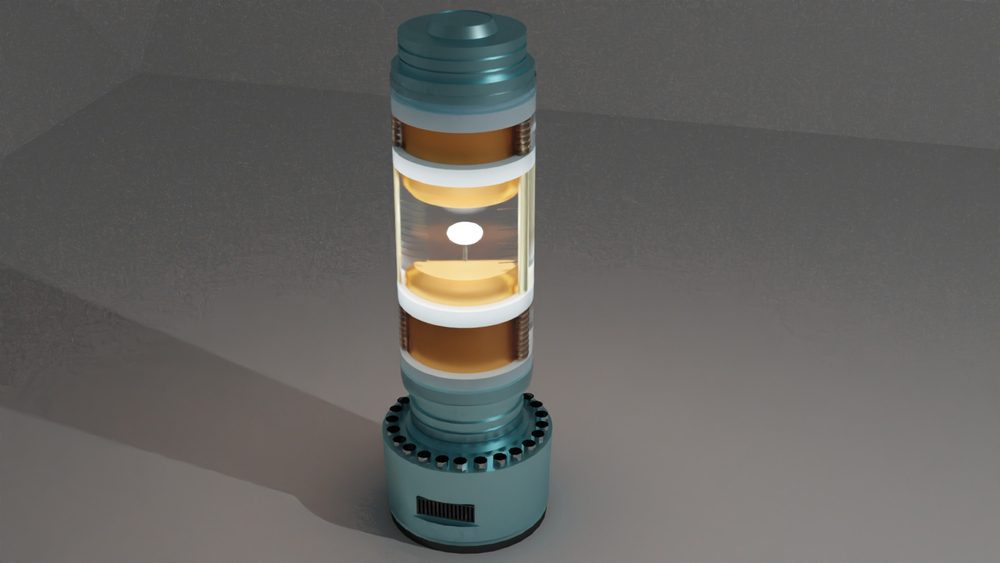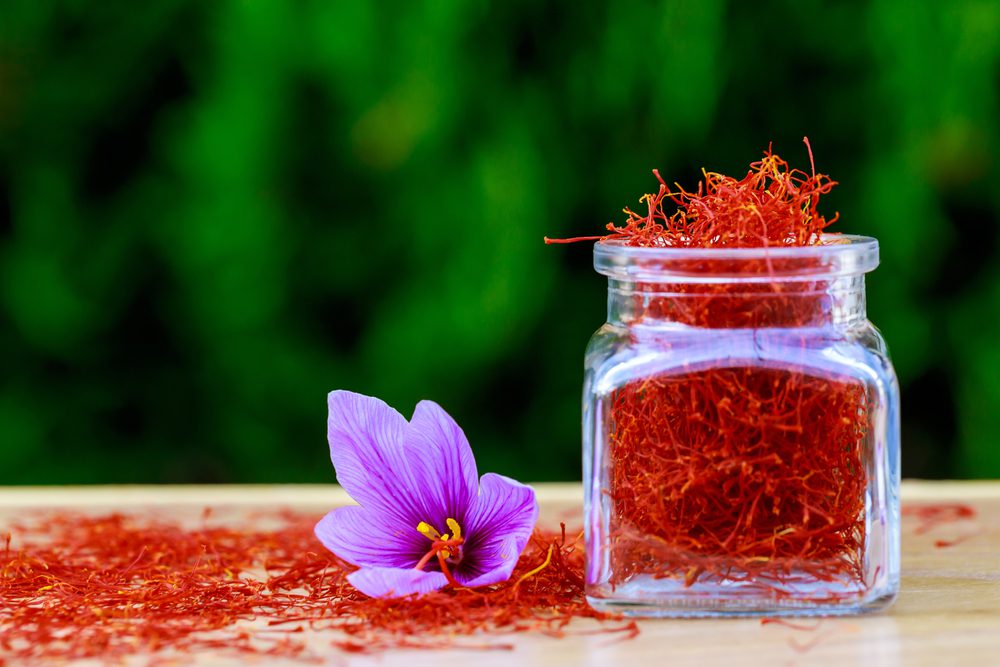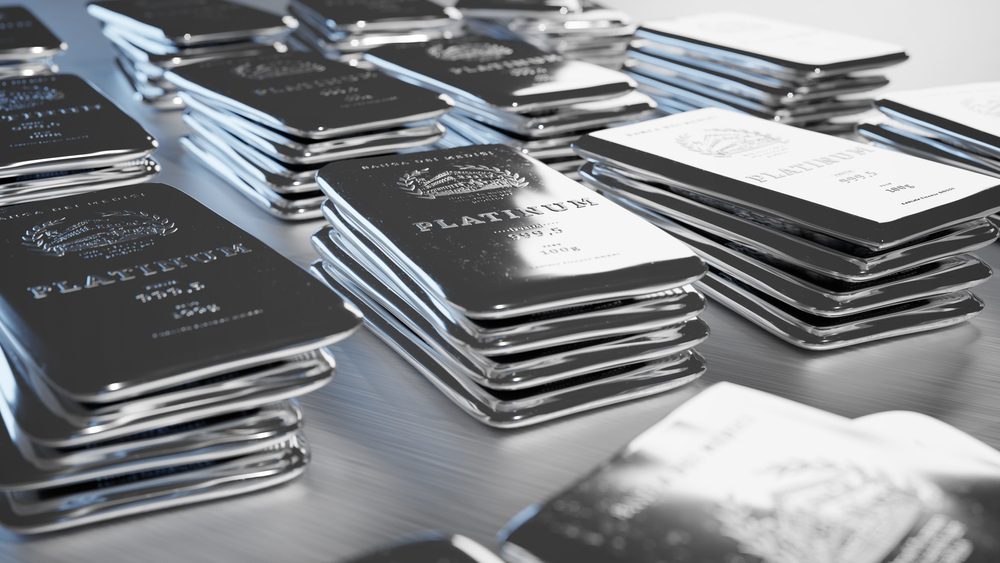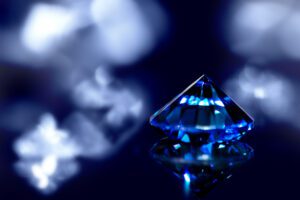Can you guess what the most expensive substance on earth is?
A captivating exploration awaits in luxury and extravagance as Mindbending Facts explores the cosmos of rarity and wealth.
While gold has long been synonymous with affluence, we’ve decided to unveil an exclusive league of the most expensive substances that surpass even the glittering allure of the glistening yellow precious metal.
Unravel the mystique behind these elusive treasures, each retaining a price tag that defies reason. So join us as we uncover the stories behind the intricate chemistry and unique properties that render these substances more valuable than gold.
Prepare to witness the true embodiment of extravagance as we unveil the 7 most expensive substances, where gold takes a backseat to outstanding rarity and incredible worth.

Antimatter
A substance made up of antiparticles, which have identical mass as ordinary matter particles yet opposing charges, is called antimatter.
It would require 25 million billion kilowatt-hours to create 1 gram of antimatter, making this one of the most expensive substances known to man. When matter and antimatter particles interact, they eliminate one another and provoke massive amounts of energy.
This can serve as a source of propulsion for intergalactic or extraterrestrial travel. Also, matter-antimatter interactions are useful in medical imaging techniques like Positron Emission Tomography.
Creating one milligram of positrons, which is antimatter, costs $25,000,000. Future spacecrafts could run on antimatter as fuel.
However, the creation of it is problematic: it takes the human race to work for roughly a year nonstop to produce just one gram of this. Antimatter is by far the most expensive substance in the world.
It can only be made in minute quantities big enough for physicists to examine with today’s most cutting-edge technology, like CERN. Science fiction has played a big role in popularizing antimatter because it can be dangerous when mixed with conventional matter.
If antimatter existed in today’s world, it would be worth roughly $80 trillion per gram.
Grandidierite
The first specimen of one of the most expensive substances was found in 1902 in southern Madagascar. The name of the mineral celebrates the French explorer Alfred Grandidier, who journeyed to Madagascar and explored the island’s natural history.
The mineral’s color becomes more and more blue when the grandidierite’s iron content grows, and the gemstone blue ominelite is the Fe-analogue of a mineral known as grandidierite.
It can appear dark green, colorless, or sometimes a very pale shade of yellow, depending on the angle at which it is studied.
On the Mohs scale, grandidierite obtained a score of 7.5, which suggests that it’s complicated to scratch, which could explain why it’s one of the most expensive substances on earth.
The most rare are specimens of grandidierite that feature significant amounts of translucent faceting. The Gemological Institute of America has reported that 763.5 carats is the weight of the biggest cut specimen. Grandidierite costs over $20,000 per carat.
Stone Taaffeite
The taaffeite stone was only recognized in recent years as a gemstone by collectors. It’s one of the most expensive substances, rarest forms of gems and looks attractive because of its various colors that span from red to purple, even though there are less than ten red taaffeite stones known to be in existence.
The price per gram for this incredible stone is $20,000, discovered by Richard Taaffe. Therefore, the gemstone was named after him. Taaffeite was found to weigh 1.419 carats initially.
A portion of this weight was investigated, and the remaining substance was recut into a gem weighing 0.55 carats. The mineral it contains is the first to include both beryllium and magnesium.
Furthermore, this “most expensive substance” displays the double refraction feature. Taaffeite was found in quantities, filling about half a cup in volume.

Saffron
This blooming plant is used in natural therapies for various ailments, including irregular menstrual cycles and even depression. Although saffron isn’t even relatively close to being considered one of the rarest elements on our planet, we’ve decided to include it on our list.
It matures in the middle of a crocus flower, a crop that requires a lot of manual labor. Just one pound of this plant can be harvested from around an acre covered in purple crocuses. The European, Indian, and Turkish culinary traditions use saffron considerably.
And there’s some detailed evidence to indicate that saffron can be beneficial in treating major depressive illness. Furthermore, it might also assist in alleviating the symptoms of premenstrual syndrome.
So, how much can a plant really cost? Real saffron can go for over $10,000 per kilogram.
Would YOU have guessed that this is one of the most expensive substances in the world?
Californium
Californianium is the most expensive chemical element. A single gram of this substance costs $27 million. Instruments used in oil wells that have layers of oil and water use the Californium isotope.
A radioactive element named Californium was created for the very first time back in 1950 at the University of California Radiation Laboratory. It can’t be produced naturally on Earth. A nuclear reactor or particle accelerator is required.
Even though it’s almost insoluble in water, the element attaches itself nicely to ordinary soil. The amount of Californium required to produce 170 million neutron particles per minute is just a single microgram. To find gold and silver ores, it serves as a neutron source.
While it’s one of the most expensive substances around, it’s also used in neutron moisture gauges, which assist researchers in locating layers in oil wells that possess oil and water.
Diamond
Diamonds aren’t especially scarce, but they are among the most expensive substances because of their beauty. Some are over 3.2 billion years old and cost $55,000 per gram. People have marveled at natural diamonds for their value and rarity for hundreds of years.
They’re the most complex substance on Earth, with a hardness of 10 on Mohs’ scale and around 70 and 150 GPa on the Vickers scale.
Blue diamonds, for instance, go for an average of $26,290 for a half-carat stone, while a 0.25-carat stone of brilliant blue or deep blue could go for as much as $75,000. Blue diamonds that have a high carat weight can sell for over $4 million per carat.
These rocks were formed under immense heat and pressure deep within our Earth’s crust and upper mantle. Rare blue diamonds are only found in South Africa, Australia, and India. Their blue tint is due to the existence of boron in them.
Because of their resilience, artificial diamonds have found general use in industry instead of their natural counterparts. Artificial substitutes are also far less pricey. And as we all know, diamonds are one of the most sought-after gemstones for use in engagement rings.

Platinum
Platinum is an unusual metal with a silvery steel shade highly resistant to alkalis, acids, and a few other substances. This is one of the most expensive substances, and it’s mostly used to make jewelry. It costs about $60 per gram. But jewelry isn’t all it’s good for.
Platinum can also be ingested in anti-cancer medications and used as a scientific research stimulus. It’s the least reactive metal with superior corrosion resistance, even at elevated temperatures. It’s typically found as natural platinum, chemically uncombined.
Furthermore, it makes platinum-resistance thermometers, laboratory and dental equipment, electrodes, and catalytic converters. Specific platinum-containing substances, including carboplatin and cisplatin, are used in chemotherapy for cancer patients.
Platinum is even used in motors, wiring, chemical processes, dentistry, and electrodes, such as gold and rhodium.
It doesn’t melt in nitric or hydrochloric acid or oxidize in the air. After being used in Egyptian jewelry as far back as 1200 BC, this element was discovered again in 1735.
Looking for a special gift for the loved one in your life? How about this Platinum-Plated Color Change Multi-Teardrop Earrings Made with Aurora Borealis Swarovski Crystals from Amazon?
Be sure to let us know what you thought was the most expensive substance in the comments section below. But Mindbending Facts has much more to offer, For instance we highly recommend you check out: Future Coastal Flooding Will Be a Nightmare for These 28 Cities








